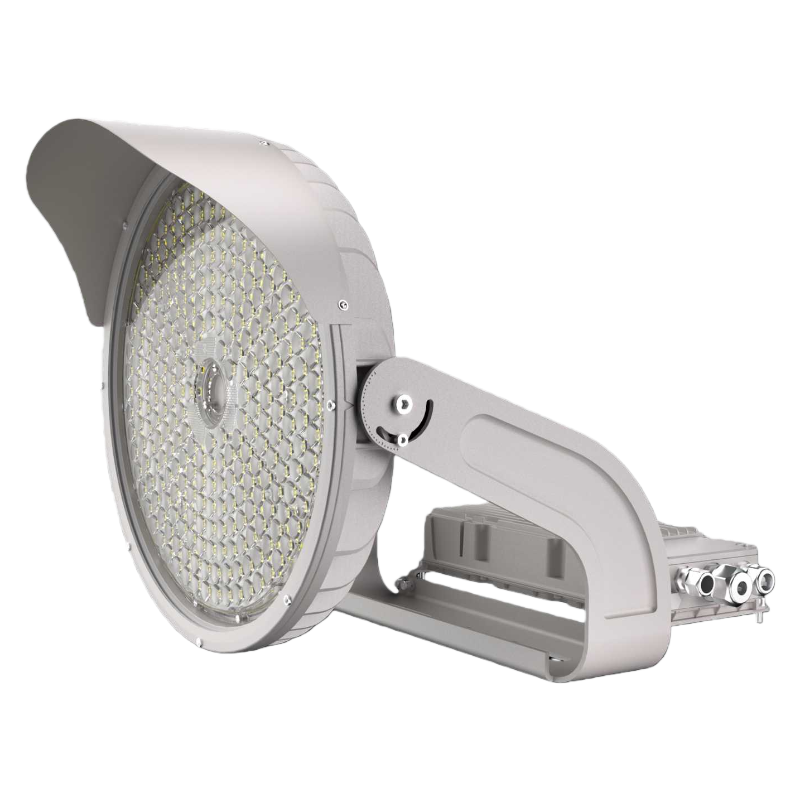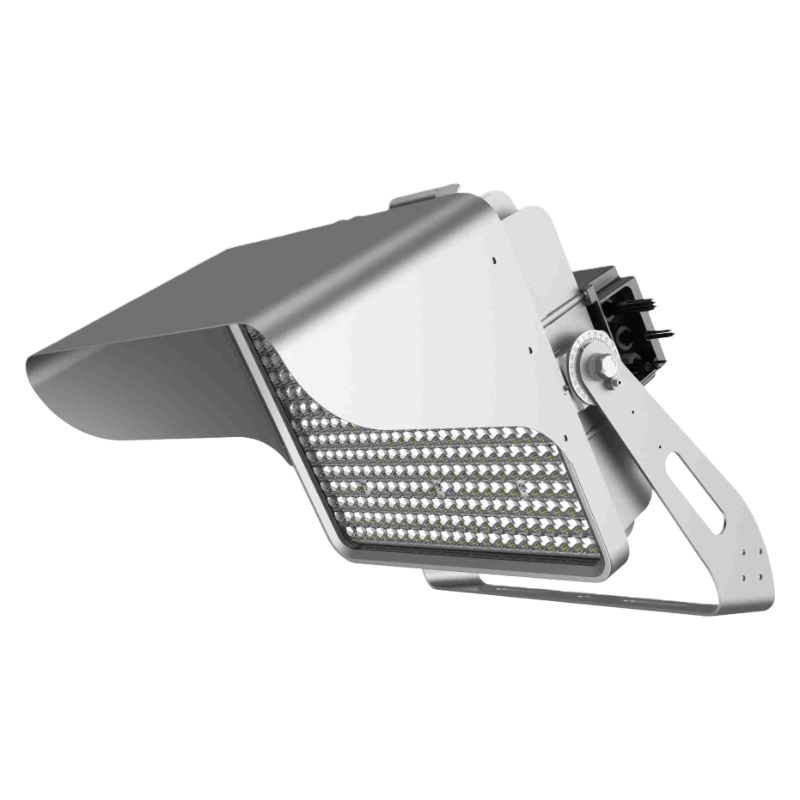What LED lights are street legal?
As LED technology revolutionizes automotive lighting—offering brighter output, longer lifespans, and lower energy use—many drivers wonder: What LED lights are street legal? The answer isn’t as simple as “any LED bulb”—governments worldwide enforce strict regulations to ensure vehicle lighting doesn’t compromise safety for drivers, pedestrians, or oncoming traffic. Using non-compliant LED lights can lead to fines, failed vehicle inspections, or even increased accident risks. This blog breaks down the key street legal requirements, compliant LED light types, critical parameters to check, and common pitfalls to avoid.
1. The Basics of Street Legal Lighting: Why Regulations Matter
Street legal lighting rules exist to maintain visibility and reduce glare. Unlike aftermarket “off-road only” LEDs, compliant options are engineered to meet performance standards for brightness, color, and light distribution. These regulations vary by region but share core goals: ensuring your lights are visible to others without blinding them. The three most influential regulatory bodies are:
-
United States (FMVSS 108): Enforced by the National Highway Traffic Safety Administration (NHHTSA), Federal Motor Vehicle Safety Standard 108 dictates requirements for all vehicle lighting, including LEDs.
-
European Union (ECE R112/R79): The Economic Commission for Europe (ECE) sets standards for LED headlights, taillights, and signal lights sold in EU countries.
-
China (GB 4785/25991): China’s national standards (GB) align with ECE regulations in many cases, focusing on light intensity, color, and beam pattern.
Critical Note: Even if an LED bulb “fits” your vehicle, it may not be street legal. Always check for region-specific certifications before installation.
2. Street Legal LED Lights by Type: Requirements & Standards
Not all LED lights are created equal—each vehicle lighting function (headlights, taillights, etc.) has unique compliance rules. Below’s a breakdown of the most common types:
a. LED Headlights
Headlights are the most regulated vehicle lights, as improper glare is a leading cause of nighttime accidents. For LED headlights to be street legal:
-
Beam Pattern: Must have a distinct “cutoff line” to prevent light from dazzling oncoming drivers. Low beams should not project light above a horizontal line 2.1 meters above the ground at 25 meters ahead of the vehicle (FMVSS 108).
-
Brightness: High beams can produce up to 3000 lumens per bulb, but low beams are limited to 1200–1800 lumens (varies by region). Excessive brightness (e.g., 5000+ lumens low beams) is illegal.
-
3000K–6000KColor Temperature (CCT)**: Restricted to . Cool white (6500K+) or colored (blue, red) headlights are prohibited, as they distort color perception and cause glare.
-
Certification: Must bear the “DOT” mark (US) or “E” mark (EU, e.g., E4 for the Netherlands, E1 for Germany). Replacement bulbs must be designed for your vehicle’s housing—installing LED bulbs in halogen reflectors (without a proper lens) is non-compliant.
Example: Philips H11 X-tremeVision LED headlights (DOT-certified, 4300K, 1600 lumens low beam) are street legal for most US vehicles with halogen housings.
b. LED Taillights & Brake Lights
Taillights and brake lights need to be highly visible but not distracting. Compliance rules include:
-
Color: Must emit red light (CCT 620–660 nm wavelength). Clear or amber taillights are only allowed for turn signals.
-
Brightness: Brake lights must be 2–3x brighter than taillights (FMVSS 108 requires brake lights to produce 80–180 candelas, taillights 5–30 candelas).
-
Response Time: LEDs have faster点亮 (lighting) times (~100ms) than incandescent bulbs, which is legal and even encouraged for safety, but the bulb must still meet brightness standards.
-
Certification: Look for DOT/ECE marks. Aftermarket LED taillight assemblies must match the original equipment (OE) light pattern to avoid confusing other drivers.
c. LED Turn Signals & Hazard Lights
Turn signals require consistent blinking and visibility. Street legal options must:
-
Color: Amber (CCT 570–590 nm) in most regions (the US allows red turn signals on the rear but mandates amber on the front; the EU requires amber front and rear).
-
Blink Rate: 60–120 blinks per minute. LEDs draw less power than incandescent bulbs, so you may need a “load resistor” to prevent hyper-blinking (fast blinking is illegal).
-
Visibility: Must be visible from 150 meters away in daylight. LED turn signal bulbs should have a minimum output of 50 candelas.
d. LED Fog Lights
Fog lights are designed for low-visibility conditions, so their placement and beam pattern are strictly regulated:
-
Position: Mounted no higher than 1.2 meters above the ground (FMVSS 108) to avoid reflecting off fog droplets into the driver’s eyes.
-
Beam Pattern: Wide, flat beam that hugs the road—no upward projection. They should not be used in clear weather, as they cause glare.
-
Color: White or amber (EU allows only amber; US allows both). Blue or red fog lights are illegal, as they mimic emergency vehicles.
e. LED Daytime Running Lights (DRLs)
DRLs are mandatory in many countries to improve daytime visibility. Compliant DRLs:
-
Color: White or amber (white is standard for front DRLs; amber for rear in some regions).
-
Brightness: 400–800 candelas—bright enough to be seen but not so bright as to distract. They must automatically dim or turn off when headlights are activated.
-
Placement: Mounted between 50cm and 150cm above the ground, with at least 60cm between left and right DRLs.
3. Key Parameters to Check for Street Legal LEDs
When shopping for LED lights, focus on these four non-negotiable parameters to ensure compliance:
a. Certification Marks
Look for physical marks on the bulb or packaging: US**: “DOT” (Department of Transportation) or “SAE J575” (Society of Automotive Engineers) mark.EU**: “E” followed by a number (e.g., E1 = Germany, E4 = Netherlands) and “R112” (for headlights) or “R79” (for signal lights).China**: “CCC” (China Compulsory Certification) mark.
b. Color Temperature (CCT)
Stick to 3000K–6000K for all forward-facing lights (headlights, DRLs). Avoid anything above 6500K (“cool white” or “blue tint”)—these are illegal in most regions and cause glare. For rear lights, red (taillights/brake lights) or amber (turn signals) is mandatory.
c. Brightness (Lumens/Candelas)
Lumens measure total light output, while candelas measure intensity in a specific direction. For example: Low beam headlights: 1200–1800 lumens (50–100 candelas).Brake lights: 80–180 candelas.DRLs: 400–800 candelas. Exceeding these limits can result in fines—e.g., California fines $238 for “excessively bright headlights.”
d. Vehicle Compatibility
LED lights must be designed for your vehicle’s make and model. Installing a “universal” LED bulb in a halogen reflector housing is a common mistake—it creates uneven light distribution and glare, making it illegal. If your vehicle has halogen headlights, choose LED bulbs with a “plug-and-play” design that matches the OE beam pattern.
4. Common Myths & Mistakes About Street Legal LEDs
Drivers often fall for these misconceptions, leading to non-compliant setups:
Myth 1: “Brighter = Better = Legal”
False. Brightness is regulated—5000-lumen low beams may seem safer, but they blind oncoming drivers and violate FMVSS 108/ECE R112. Always prioritize compliant brightness over maximum output.
Myth 2: “Any DOT-Marked Bulb Works in Any Car”
False. DOT certification means the bulb meets basic standards, but it still needs to match your vehicle’s housing. For example, a DOT-certified H11 LED bulb works in H11 halogen housings but not in H7 housings.
Mistake: Skipping Load Resistors for Turn Signals
LEDs draw less current than incandescent bulbs, causing many vehicles to trigger a “hyper-blink” (fast blinking) or error message. Installing a 50W-60W load resistor in parallel with the LED bulb fixes this, and hyper-blinking itself is illegal in most states/countries.
Mistake: Using Colored LED Headlights
Blue, green, or red headlights are prohibited in nearly every region—they mimic emergency vehicles and confuse other drivers. Even “tinted” white LEDs that lean blue (6500K+) are non-compliant.
5. How to Choose Street Legal LED Lights: Step-by-Step Guide
-
Check Your Vehicle’s OE Specs: Find your bulb type (e.g., H11, 9005) in the owner’s manual. Note if your headlights are halogen reflectors or LED projectors—this affects bulb compatibility.
-
Look for Region-Specific Certification: Choose bulbs with DOT (US), ECE (EU), or CCC (China) marks. Avoid “off-road only” or unbranded products—they’re rarely compliant.
-
Verify CCT & Brightness: Ensure CCT is 3000K–6000K (forward-facing) and brightness matches regulatory limits. Check the product specs for lumens/candelas.
-
Test for Glare & Beam Pattern: After installation, park 7.6 meters (25 feet) from a wall and check the low beam cutoff—there should be a sharp horizontal line with no upward light.
-
Fix Hyper-Blinking (Turn Signals): If your turn signals blink too fast, install load resistors or buy LED bulbs with built-in resistors.
6. Consequences of Using Non-Compliant LED Lights
The penalties for illegal LED lights go beyond fines: $100–$500 per violation (varies by region). In Texas, for example, non-compliant headlights can result in a $200 fine. Failed Inspections: Most states/countries require vehicles to pass lighting inspections—non-compliant LEDs will cause a fail, requiring costly replacements.Legal Liability: If an accident occurs and your non-compliant LEDs are deemed a contributing factor, you may be held liable for damages.
Conclusion: Street Legal LEDs = Safe & Compliant
The question “What LED lights are street legal?” boils down to three core principles: certification, compatibility, and compliance with brightness/color rules. Street legal LEDs aren’t just a legal requirement—they’re a safety necessity, ensuring you’re visible to others without endangering fellow drivers.
When upgrading your vehicle’s lighting, prioritize quality over cost. Choose reputable brands (Philips, Osram, Sylvania) with clear certification marks, match the bulb to your vehicle’s specs, and avoid common mistakes like excessive brightness or improper housing. By following these guidelines, you’ll enjoy the benefits of LED lighting—longer life, lower energy use, and better visibility—while staying on the right side of the law.











